Chewing Tobacco Side Effects
Stained teeth and bad breath are just the first on the list of side effects of chewing tobacco. Sores in the mouth and on the gums and different dental problems are right behind them. Also, if there are some dental problems to begin with, sugar that is added to better the taste tobacco can make those problems even worse. Not only does chewing tobacco affect the ability to taste and smell, but it also puts people in risk of getting oral cancer.
This, of course, happens if tobacco is being used for a long time. Having a prolonged sore throat and difficulty while chewing are some indicators of oral cancer development. In order to stop these side effects, people just need to stop chewing tobacco. This is considered a highly unclean habit, mostly because people who chew tobacco carry a spit can with them all the time. Also, it is delusional to think that this is not as harmful as smoking.
Cancer can still be developed and the substance still goes into the bloodstream. Heart attack and stroke are also side effects that can be caused by chewing tobacco, because it can cause the arteries to constrict. Oral cancer is not the only kind that can be developed by smokeless habit, such as this one.
- The effect of nicotine on the circulatory system is complicated, but particularly relevant to the observed associations between smokeless tobacco use and circulatory disease risk. Studies have consistently found that cigarette smoking causes circulatory damage and disease through numerous pathways including oxidative injury, endothelial damage, enhanced thrombosis and chronic inflammation.
- Research has found that nicotine, regardless of its route of administration, can increase blood pressure and heart rate. A network meta-analysis of 21 randomised clinical trials involving nicotine replacement therapy (NRT) products found that NRT use was associated with increased risk of all cardiovascular events including less severe conditions such as heart palpitations, but not necessarily with increased risk for severe cardiovascular events such as myocardial infarction, stroke or death.
- US smokeless tobacco users have been found to have nicotine exposure levels that may exceed those of cigarette smokers, but nicotine absorption from cigarette smoke occurs much faster on average than from smokeless tobacco, which may cause greater damage to the circulatory system. Swedish snus products have been found to have total nicotine levels that may be lower than levels in US moist snuff products, even though free nicotine levels have been found to be comparable in US and Swedish products.
Some of the Ways to Quit Chewing Tobacco
Quitting can be hard, because nicotine is highly addictive, but it is still pretty much possible. Those who want to quit, can switch tobacco for mint leaf until they no longer feel the need for nicotine. Mint leaf is good because it is harmless but has the consistency of the snuff. Nicotine patches and chewing gums can also be of great help. A person who is in the state of quitting may experience headaches, depression or anxiety but that is because of the lack of nicotine.
Studies have proved that there is more nicotine in a plug of chewing tobacco than there is in a cigarette. Knowing this should be enough to stop doing it, let alone the other twenty eight different chemicals which are carcinogens or other types of cancer causing agents. The main reason why people use nicotine is because it can increase dopamine levels in the brain and it makes them feel happy. But another effect which affects the brain may also occur. Snuff has unfortunately been involved in developing Parkinson's and Alzheimer's disease.




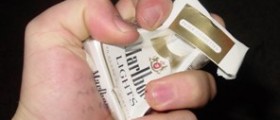

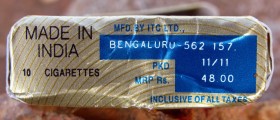
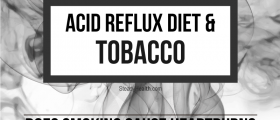
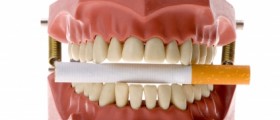
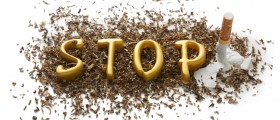



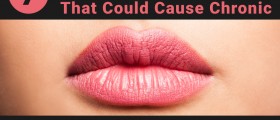
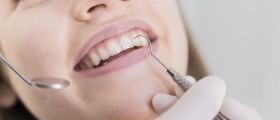

_f_280x120.jpg)
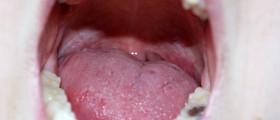
Your thoughts on this
Loading...